If you ask the average hiring manager what they’re looking for when interviewing new candidates, most will  probably mention some variation of skills, experience, and qualifications. After all, the most common reason new hires fail is that they aren’t qualified for the position in question.
probably mention some variation of skills, experience, and qualifications. After all, the most common reason new hires fail is that they aren’t qualified for the position in question.
Or is it?
According to a commonly cited study by Leadership IQ, only 11 percent of new hires fail because they lack the technical skills to perform the job at hand. The vast majority of new employees — the other 89 percent — fail for reasons that have more to do with temperament and emotional intelligence.
Here are some of those reasons:
- Feedback — One in four (26 percent) of all new hires fail because they are unable to accept and react appropriately to feedback.
- Emotions — Another 23 percent fail because they can’t manage their emotions.
- Motivation — Another 17 percent fail because they aren’t self-motivated enough; and,
- Job fit and culture — Some 15 percent fail because they’re a poor fit with the job and the culture of the company.
These statistics don’t mean that it isn’t important to screen for technical skills and experience. If anything, they show that hiring managers are already good at using proven processes to find employees who are technically qualified to perform the positions being filled.
No, the problem that these statistics showcase is that employers are focusing on skills and experience exclusively — that is, viewing those qualities in a vacuum instead of trying to envision them in context.
What employers need to do is focus on finding people who are not only technically qualified to perform the job at hand, but who also have the maturity, temperament, and teamwork mentality to function in a demanding work environment.
Your Dream Applicant is almost always a team player
Some hiring managers turn up their noses at the phrase “team player” — whether it appears in a resume or a recommendation from a professional reference. These managers might assume that a team player is a follower instead of a leader, or, that the person doesn’t stand apart from the crowd and just blends into the background.
A team player is someone who works well in collaborative settings, gets along with managers and co-workers, provides and receives feedback gracefully and constructively, and cares more about seeing the team succeed than standing out alone.
 These qualities are incredibly valuable because they foster a healthy, happy work environment in which ideas can be shared freely, and team, department, and organizational goals are always top priority. Being a team player and possessing these qualities is almost always a sign of maturity and emotional intelligence.
These qualities are incredibly valuable because they foster a healthy, happy work environment in which ideas can be shared freely, and team, department, and organizational goals are always top priority. Being a team player and possessing these qualities is almost always a sign of maturity and emotional intelligence.
You can avoid most of the top reasons for new employee failure (including many identified in the Leadership IQ survey) simply by putting your focus on hiring team players.
How to start hiring team players
One of the great things about hiring team players is that the more you do it, the easier it becomes.
Team players are drawn to businesses with reputations for great company cultures, and few things foster a more positive work culture than a true team environment in which everyone feels valued. By focusing on building that kind of collaborative, welcoming atmosphere, you will be giving yourself the greatest recruitment tool possible for attracting the kind of candidates you want.
It’s building the foundation for a team-focused company culture that is most difficult.
Of course, there are genuine team players in any applicant pool. However, identifying and hiring those candidates can be tougher when there aren’t as many of them. Here are a few strategies you can use to seek out team players during the interview process.
Ask the right questions
So many interview questions focus on the individual: individual skills, individual accomplishments, and individual goals. These questions are important to get to know your applicant and what they might be able to bring to the table.
However, it’s also a good idea to fit questions about teamwork and team mentality into the equation. For instance:
- Ask questions about feedback, including how the person gives it and how they receive it. Ask them to talk about situations in which they improved their work through feedback from a colleague or manager, or needed to provide criticism or feedback to a team member, and how they went about doing it constructively.
- Ask what defines a team player. Can a team player disagree with their manager? If so, what’s the best way to handle such disagreements? What attributes are valuable in a team player? What questions would they ask at a first meeting for a new team project? These questions can give you a good idea of how much the person has worked in teams before and how much they value that kind of working environment.
- Ask how they define good leadership. Do they see a good leader as someone who has a strong vision and dictates their will to their employees and team members? Or, does a good leader try to foster communication, innovative ideas, and engagement within the team?
Pay close attention to the questions applicants ask
If you’re looking for a top-tier team player, then perhaps the most telling stage of the interview is the final part when you encourage the applicant to ask any questions they may have for you.
During this segment, pay attention to how many questions the candidate asks about purely personal subjects (pay, benefits, vacation, personal job responsibilities) versus bigger picture questions (such as company mission, leaders, team members, current projects, and future growth opportunities).
In most cases, the best team players aren’t the people who are applying for a job with you just because they need a paycheck. Team players are the people who are passionate about your business and what you do, and who want to play a part in that.
These candidates are already thinking about how they will fit into the bigger picture, and employees who are interested in seeing themselves in that context are the ones who are going to fit well with your company’s team culture.








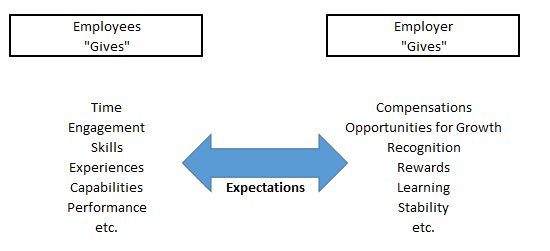





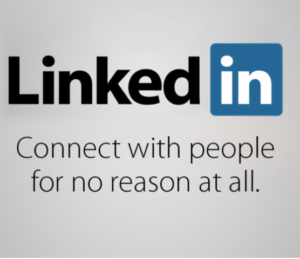 Throughout its history, LinkedIn has slowly, albeit deliberately, evolved from what used to be a fairly innocuous social network into one of the internet’s most extensive sources of personal data.
Throughout its history, LinkedIn has slowly, albeit deliberately, evolved from what used to be a fairly innocuous social network into one of the internet’s most extensive sources of personal data. For Microsoft, its greatest asset isn’t people; it’s the data about those people that really matters most. Unfortunately for Microsoft, however, a US federal judge on Monday ruled that much of this data isn’t exclusively theirs, in a severe blow to Clippy’s product roadmap and a significant win for the HR Technology industry and sourcing and recruiting professions (and civil libertarians, for that matter).
For Microsoft, its greatest asset isn’t people; it’s the data about those people that really matters most. Unfortunately for Microsoft, however, a US federal judge on Monday ruled that much of this data isn’t exclusively theirs, in a severe blow to Clippy’s product roadmap and a significant win for the HR Technology industry and sourcing and recruiting professions (and civil libertarians, for that matter). While the injunction granted by Judge Chen is merely preliminary, the ramifications are significant – and a huge victory not only for profile aggregators, but also anyone who has ever created a public profile on this and (ostensibly) similar social sites: it essentially establishes that one’s personal information cannot be fully proprietary intellectual property.
While the injunction granted by Judge Chen is merely preliminary, the ramifications are significant – and a huge victory not only for profile aggregators, but also anyone who has ever created a public profile on this and (ostensibly) similar social sites: it essentially establishes that one’s personal information cannot be fully proprietary intellectual property.




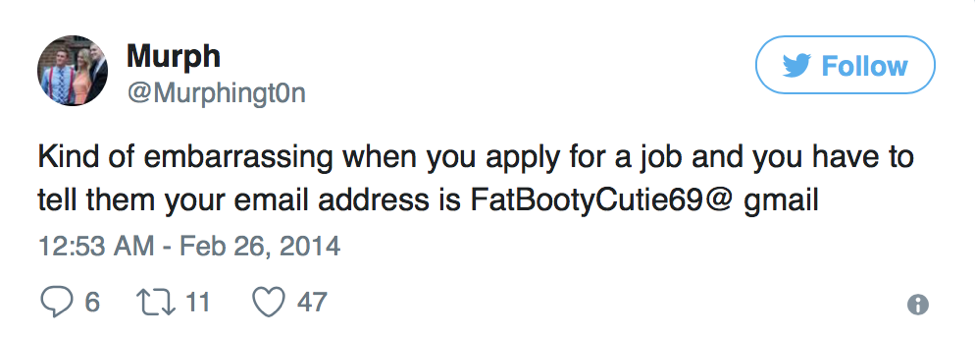
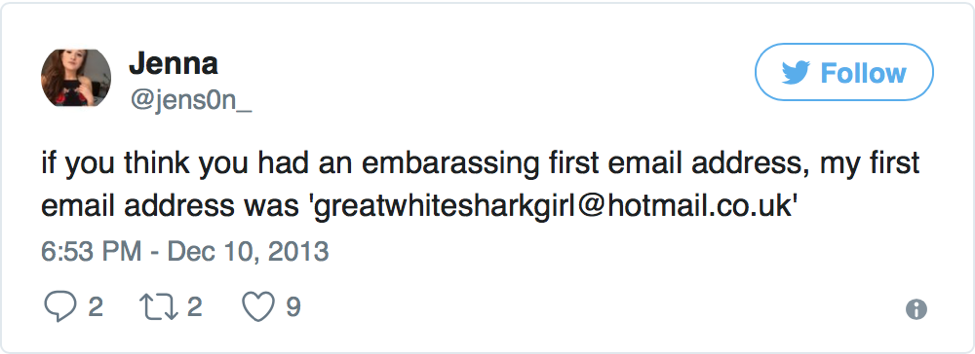
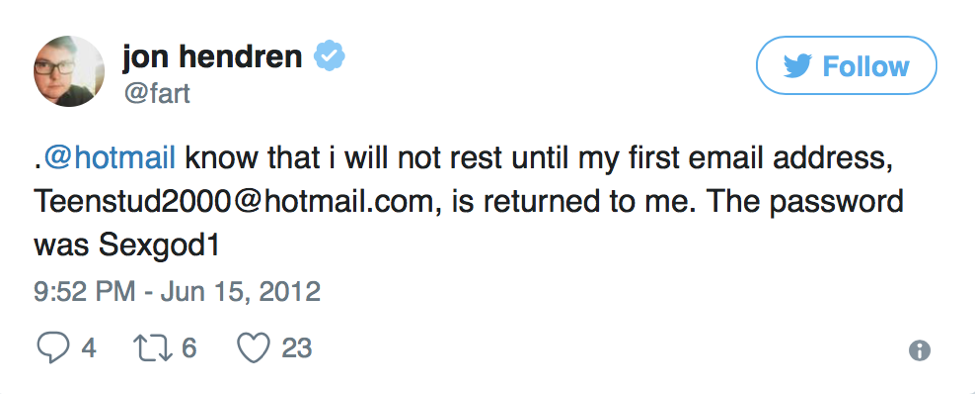
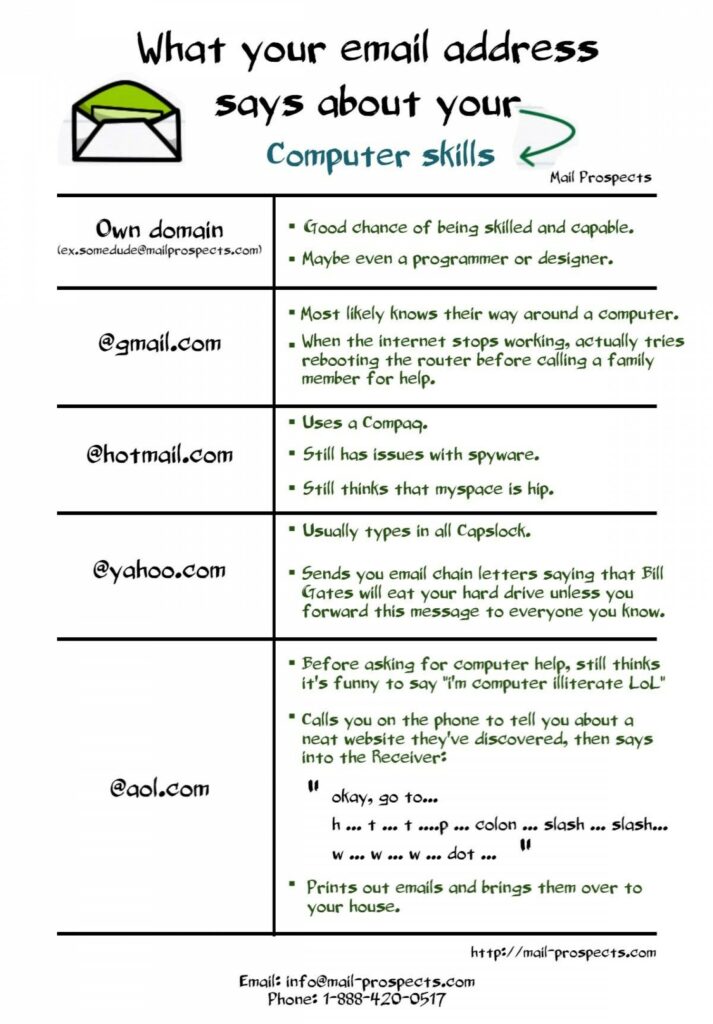
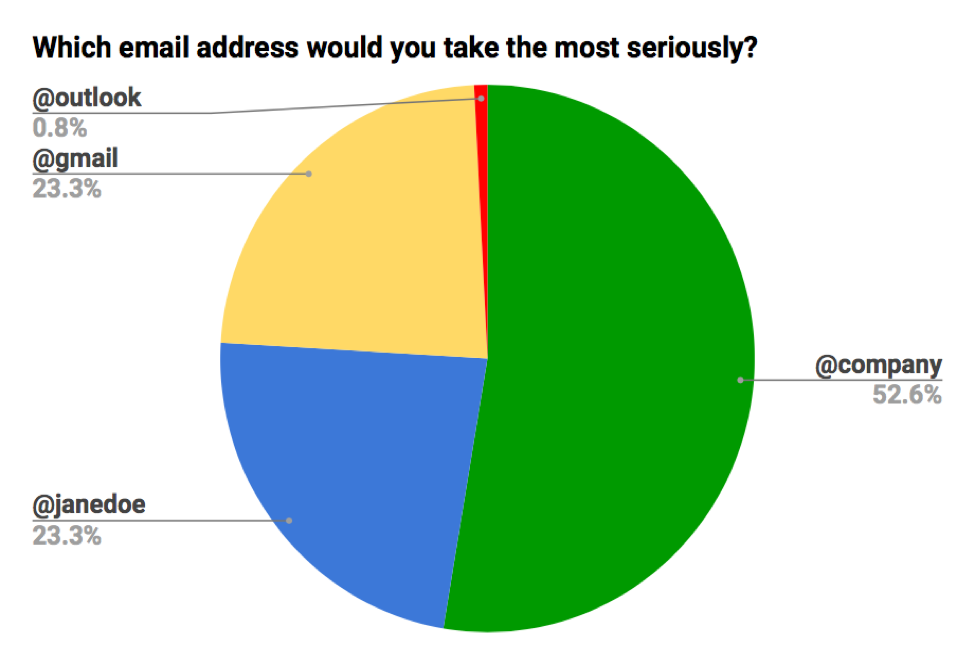
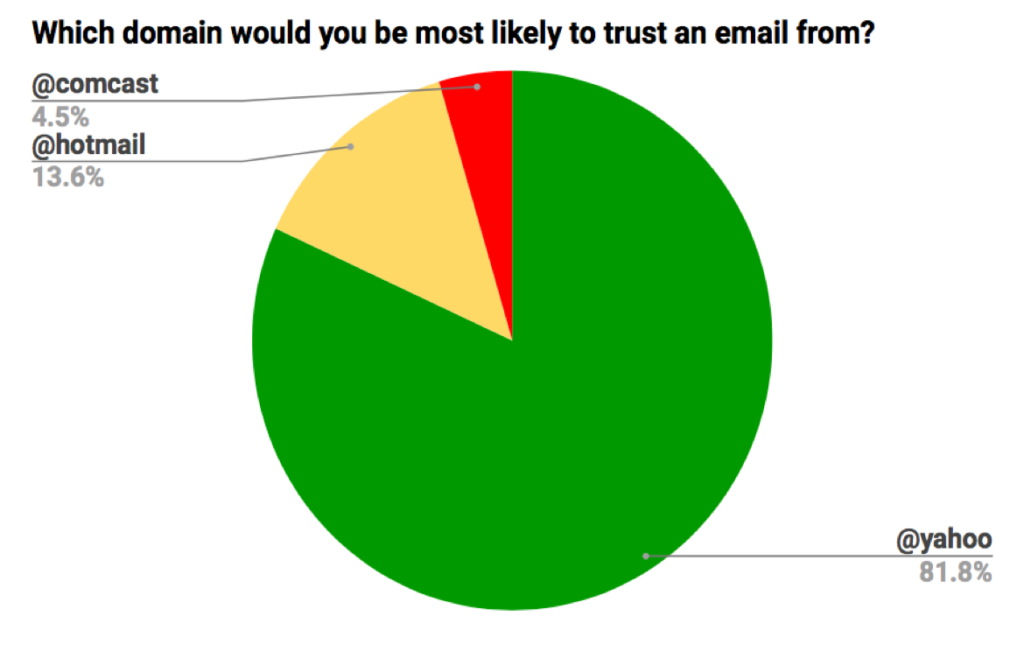



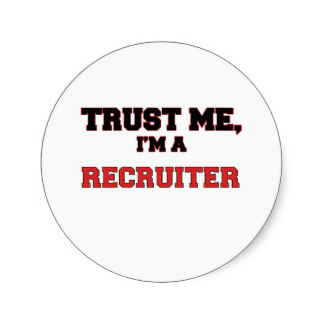

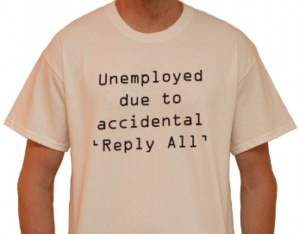


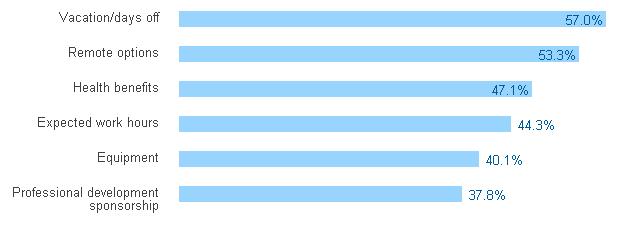



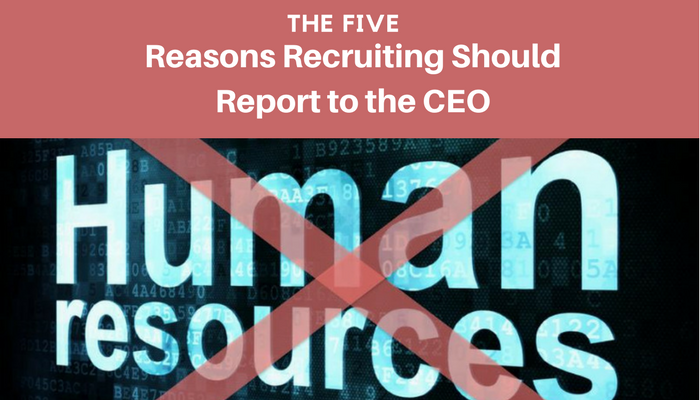
 “We are opening 20 locations and will need to hire 300 in the next 30 days.”
“We are opening 20 locations and will need to hire 300 in the next 30 days.” Sure, every company wants a competitive advantage. That means keeping an inventory of what people you need on the team to create that advantage.
Sure, every company wants a competitive advantage. That means keeping an inventory of what people you need on the team to create that advantage. In all fairness, CEO’s don’t know what they don’t know. Only the recruiting team can offer this insight. Without knowing who you have on the team, as well as the teammates you lack, CEO’s cannot plan effectively and strategically.
In all fairness, CEO’s don’t know what they don’t know. Only the recruiting team can offer this insight. Without knowing who you have on the team, as well as the teammates you lack, CEO’s cannot plan effectively and strategically.








 Indeed
Indeed CareerBuilder is SOLD!
CareerBuilder is SOLD! Personio Receives 12 Million
Personio Receives 12 Million Hiretual AI Update adds Basic CRM Functionality – By Jess Roberts
Hiretual AI Update adds Basic CRM Functionality – By Jess Roberts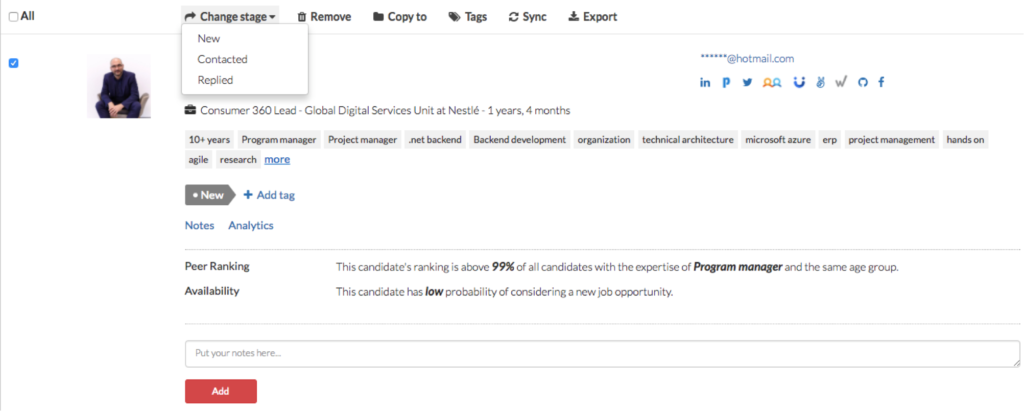
 #TRAILBLAZING2017 Conference Explores New Avenues For Meaningful Employment Of Neurodiverse Individuals
#TRAILBLAZING2017 Conference Explores New Avenues For Meaningful Employment Of Neurodiverse Individuals